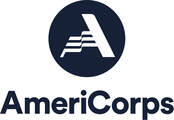|
By Joe Obidzinski Most historic sites are familiar with necessary changes to the interpretation of their site. Exhibits get old and new information is gathered necessitating a fresh take on things. At the Jackson’s Mill Farmstead (Historic Area) we have been discussing such changes for the past few seasons. In April, we were provided this opportunity through some fortuitous instruction from above. Jackson’s Mill is a part of the West Virginia University Extension Service and therefore falls under the purview of Morgantown. They instructed us to focus more of our programming efforts on-site. Once they did, we began to work on our new interpretation in earnest. This is a discussion of some of our efforts thus far. Our site and collections are focused on early life in western Virginia from about 1800 – 1850. As the name implies, we were the home site of the Jackson family (Thomas “Stonewall” Jackson spent his youth here after he was orphaned). Presently, our site features the old Jackson Mill (gristmill) building and a relocated gristmill, and two log cabins. Currently the first floor of the Jackson Mill is utilized as an exhibit space. While this is a great use for the space, it has had some problems for visitors One of the overall issues with the Old Jackson Mill has always been a lack of cohesiveness in the objects displayed and a disconnect from the period that we primarily interpret. For example, we have gear work from a grist mill that was not the Jackson’s, an entire water-powered sawmill (which would have been located in a separate building nearby), as well as farming equipment, much of which is from the post-Jackson era. Visitors who toured our site were often confused until a guide would offer some explanation for how these pieces related either directly or indirectly to the story of our site. In an effort to address these issues, and provide a richer visitor experience, I developed a number of new exhibits.
I wanted the exhibits to be more than just a dry description of what the people were looking at so I wrote a description that included both the pieces, as well as their importance to the Jacksons, the region, and the history of the period. Ultimately, we installed three exhibits in the Jackson Mill. The first one was called “Forest to Floors” which described how that particular saw worked, how the Jacksons, used theirs, and how the timber industry was important in the region. I also developed another one for the gear work in the mill called “What Makes a Mill Go ‘Round?” The concept here was to discuss the various types of gear work necessary to drive the large stones necessary for gristmilling and how these gears varied from those that drove the Jacksons’ mill stones. Finally, I created an exhibit entitled, “Field to Stone.” This exhibit ties together the various plows, planters, and grain cleaners that are also on the main floor. The narrative discusses the entire season from planting, to growing, and harvesting. It also touches on how the grains needed to be cleaned and dried before they could be brought to the mill for grinding. These exhibits are more traditional in their presentation. This was not the case for some of our other buildings such as the Blaker gristmill. When we reevaluated the first floor of the Blaker gristmill we concluded that because this is our active mill we wanted it to have a more functional and active feeling, rather than the more traditional exhibit space in the Jackson Mill. Since the gristmill was historically a gathering place for the community, and because we conclude all of our tours with a demonstration grind, we have reconfigured the miller’s office to reflect a more “lived in” feeling and give visitors a sense of what a miller’s office was like when people visited the mill for business. In the Blaker Mill, there are three sets of stones, two of which we use and one that is utilized for display. Since each set of stones are carved with pattern called the dress, and this carving needed to be maintained, or redressed every so often, we set up the machinery necessary to raise the stones in order to redress them. The exhibits discussed here are only a small sampling of some of the many updates that have been made at the Jackson’s Mill Farmstead, many more will continue to be installed in the coming months. To see more on our efforts, or learn about the history of Jackson’s Mill, stop by the Farmstead for a visit. Guided tours are offered every Saturday and Sunday from April through October.
I am very interested in heritage tourism, and think that the Glen Dale/Moundsville/Wheeling area has a great deal of untapped potential for attracting both local visitors and tourists. Serving with the Convention and Visitors Bureau staff, I would like to try and boost Cockayne’s profile and entice more people to visit. Cockayne has a large and varied collection that is ready to be cataloged and conserved, which are my special areas of expertise, and I am fortunate to have the support of the entire University of Delaware Museum Studies SWAT Team behind me in the event any particularly challenging problems arise. I am hoping to leave Cockayne next year with a solid collections management plan and to have provided training to the staff and volunteers on the best practices of stewarding the collection. Since coming to Cockayne in August, I have made the acquaintance of two wonderful dogs and many people. My boyfriend Zach and I have spent two weeks being tourists in the area, and it has been amazing. Director Janell Keyser and the members of the board of Cockayne have been more than welcoming, even including me in meetings that have given me insight into what the hopes and plans are for the future of the site. I have even learned that there are paranormal happenings right here at Cockayne and will be sure to document every otherworldly experience. In just the month that I have been here, I have already participated in a workshop on historic window repair and attended a conference in Beverly with the entire PAWV team, and am very excited to see more of this beautiful state and hear about the ideas and experiences of the other members of PAWV team 2016. |
News and NotesCategories
All
Archives
May 2024
Subscribe to our mailing list to receive e-news updates on historic preservation news and events in West Virginia.
|
Get Involved |
Programs |
Contact UsPreservation Alliance of West Virginia
421 Davis Avenue, #4 | Elkins, WV 26241 Email: [email protected] Phone: 304-345-6005 |
Organizational Partners:
© COPYRIGHT 2022 - PRESERVATION ALLIANCE OF WEST VIRGINIA. ALL RIGHTS RESERVED.


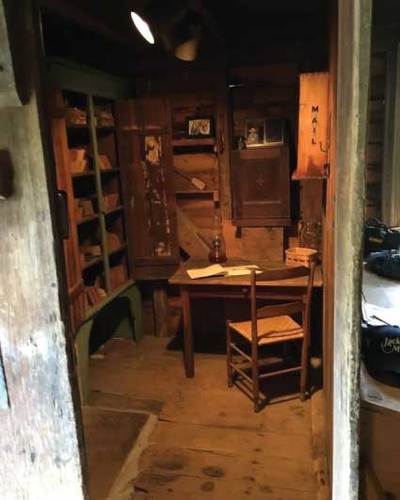
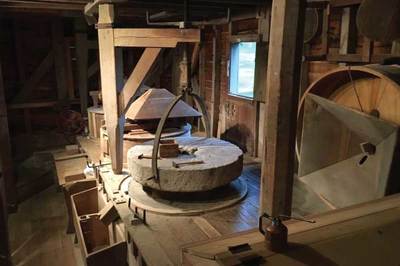
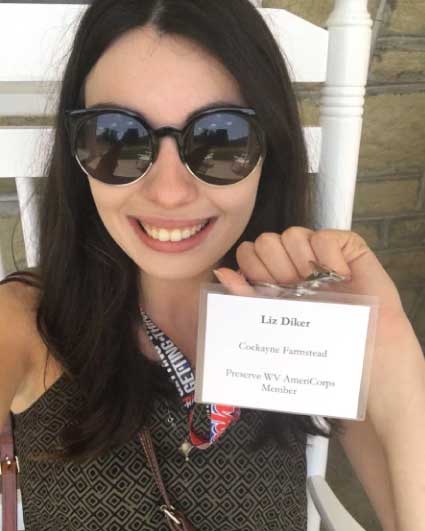
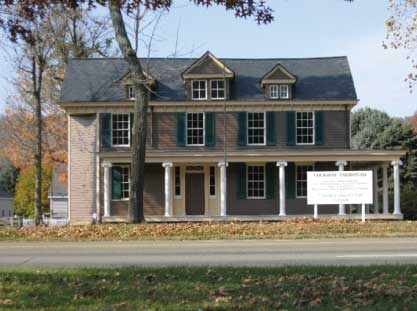
 RSS Feed
RSS Feed

